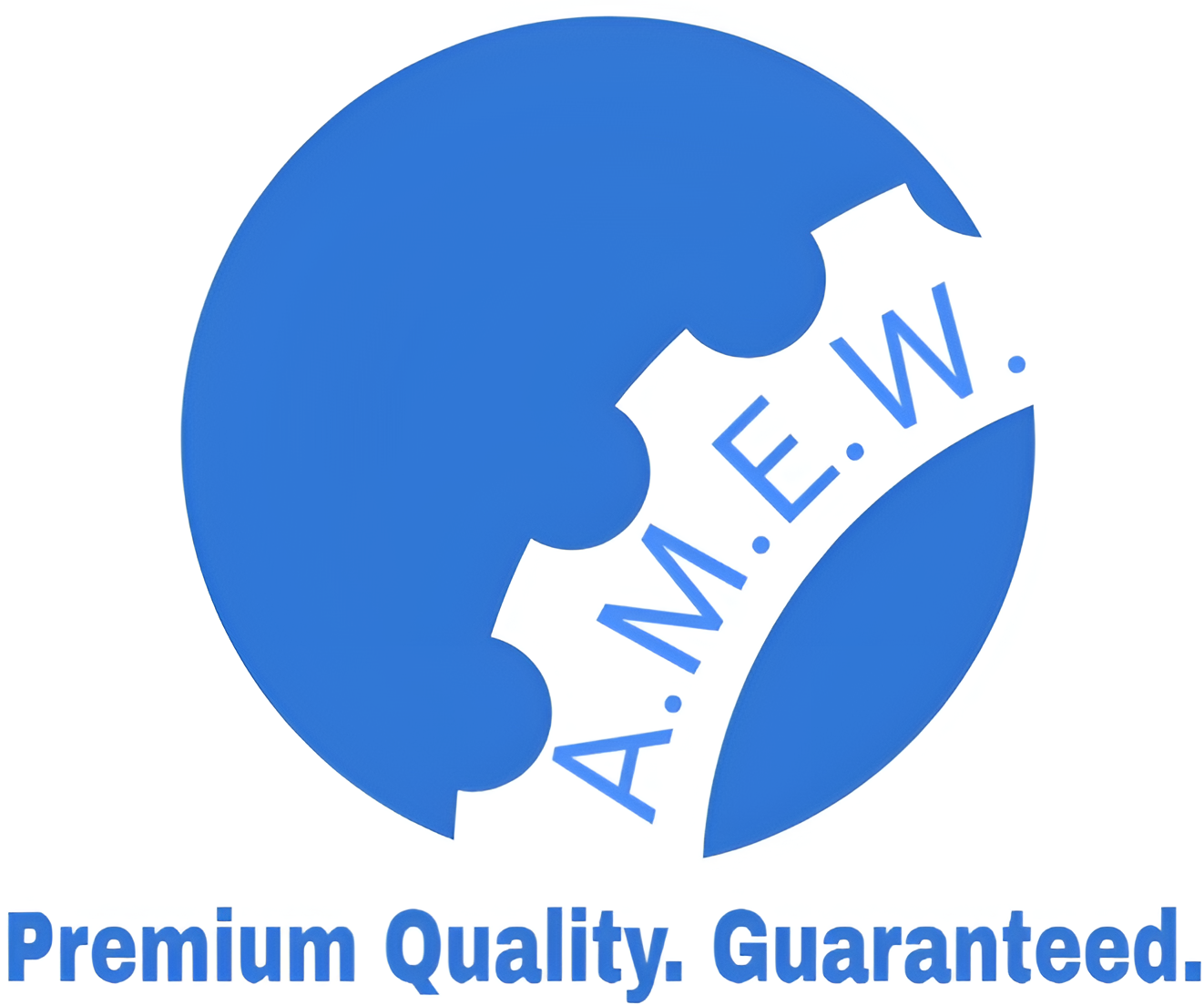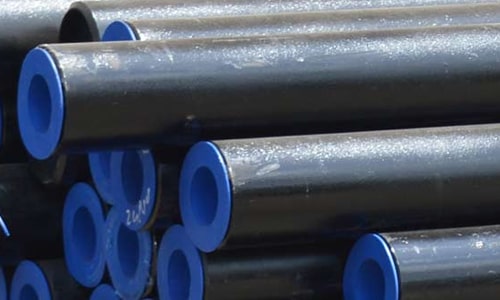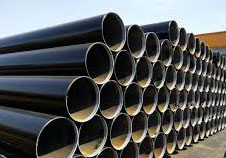Description
Manufacturing Process of L320 Pipe (API 5L X46)
Table of Contents:
- Introduction to L320 (API 5L X46) Pipe
- Manufacturing Process of L320 Pipe
- Welded and Seamless Methods
- Extruded Pipes
- Submerged Arc Welding (SAW)
- Electrofusion Seam Welded (EFSW)
- Longitudinal Submerged Arc Welding (LSAW)
- Cold Drawn Seamless (CDS)
- Hot Finish Seamless (HFS)
- Electric Resistance Welded (ERW)
- Applications of L320 Pipes
- API 5L X46 PSL1 vs PSL2
- Yield Strength of L320 Pipe
1. Introduction to L320 (API 5L X46) Pipe
The API 5L X46 or L320 pipe is a carbon steel pipe following the specifications set by the American Petroleum Institute (API) for line pipes used in the transportation of oil, gas, and other petroleum products. L320 pipes are widely used in both onshore and offshore applications, offering a balance of strength, durability, and flexibility for different sectors. With my extensive experience in the pipe industry, I understand the importance of each stage in the manufacturing process to ensure the pipes meet the API standards.
2. Manufacturing Process of L320 Pipe
The L320 (API 5L X46) pipe can be manufactured using various processes, depending on the application, quality requirements, and cost considerations. These processes ensure the pipe meets the strict API standards for strength, durability, and safety.
Welded and Seamless Methods
- Welded Pipes: Made by rolling flat steel sheets into cylindrical shapes and welding the seams. Common techniques include ERW, SAW, and LSAW.
- Seamless Pipes: Created by extruding a solid billet of steel into a hollow tube, providing a pipe without welds, offering better strength and pressure tolerance.
Extruded Pipes
- Extrusion: The process of forcing heated steel through a die to create a seamless pipe. This method is commonly used for high-pressure applications because of its uniform strength and durability.
Submerged Arc Welding (SAW)
- SAW: A process where the pipe is submerged in an arc of flux, which protects the weld area from contamination and helps to create high-quality welds. Both longitudinal (LSAW) and spiral (HSAW) forms are used in producing API 5L pipes.
Electrofusion Seam Welded (EFSW)
- EFSW: A process where an electric current is passed through metal at the joint, creating a strong and reliable weld. This method is often used for high-pressure pipelines and provides a seamless look, despite being welded.
Longitudinal Submerged Arc Welding (LSAW)
- LSAW: The pipe is welded with a longitudinal seam, making it suitable for large diameter pipes. LSAW pipes are known for their high-quality welds and are often used in offshore applications and long-distance pipelines.
Cold Drawn Seamless (CDS)
- CDS: A process where a hot seamless pipe is pulled through a die to improve the pipe’s dimensional accuracy and surface finish. CDS pipes have excellent strength and are used in precision applications.
Hot Finish Seamless (HFS)
- HFS: A process in which seamless pipes are formed by rolling and then cooled slowly to reduce internal stresses, ensuring uniform mechanical properties and durability. HFS pipes are commonly used in high-temperature and high-pressure applications.
Electric Resistance Welded (ERW)
- ERW: Involves passing electric current through the edges of a steel strip, which heats the metal to the point of melting, after which it is pressed together to form a weld. ERW pipes are used for medium to low-pressure applications due to their cost-effectiveness and efficiency.
3. Applications of L320 Pipes
The L320 pipes (API 5L X46) are widely used in several industries, including:
- Oil & Gas Transport: For long-distance pipelines that carry gas, crude oil, and refined petroleum products.
- Power Generation: Used in both nuclear and thermal power plants due to their high resistance to heat and pressure.
- Petrochemical: For handling petroleum byproducts and chemicals.
- Offshore Drilling: In marine environments where corrosion resistance and mechanical strength are critical.
4. API 5L X46 PSL1 vs PSL2
The API 5L X46 pipe is available in two product specification levels (PSLs):
- PSL1: The basic quality standard, which requires less rigorous testing.
- PSL2: A higher quality standard with more stringent requirements, including notch toughness and chemical composition limits, making PSL2 more suitable for critical applications.
5. Yield Strength of L320 Pipe
The yield strength of the API 5L X46 PSL2 pipe is a crucial factor when choosing pipes for high-pressure applications. The yield strength ensures the pipe can handle internal pressure without failure.
- Minimum yield strength: 46,400 psi (320 MPa)
- Maximum yield strength: Up to 72,000 psi
This strength makes API 5L X46 PSL2 pipes suitable for high-stress environments like deepwater oil rigs, gas transmission lines, and refineries.






